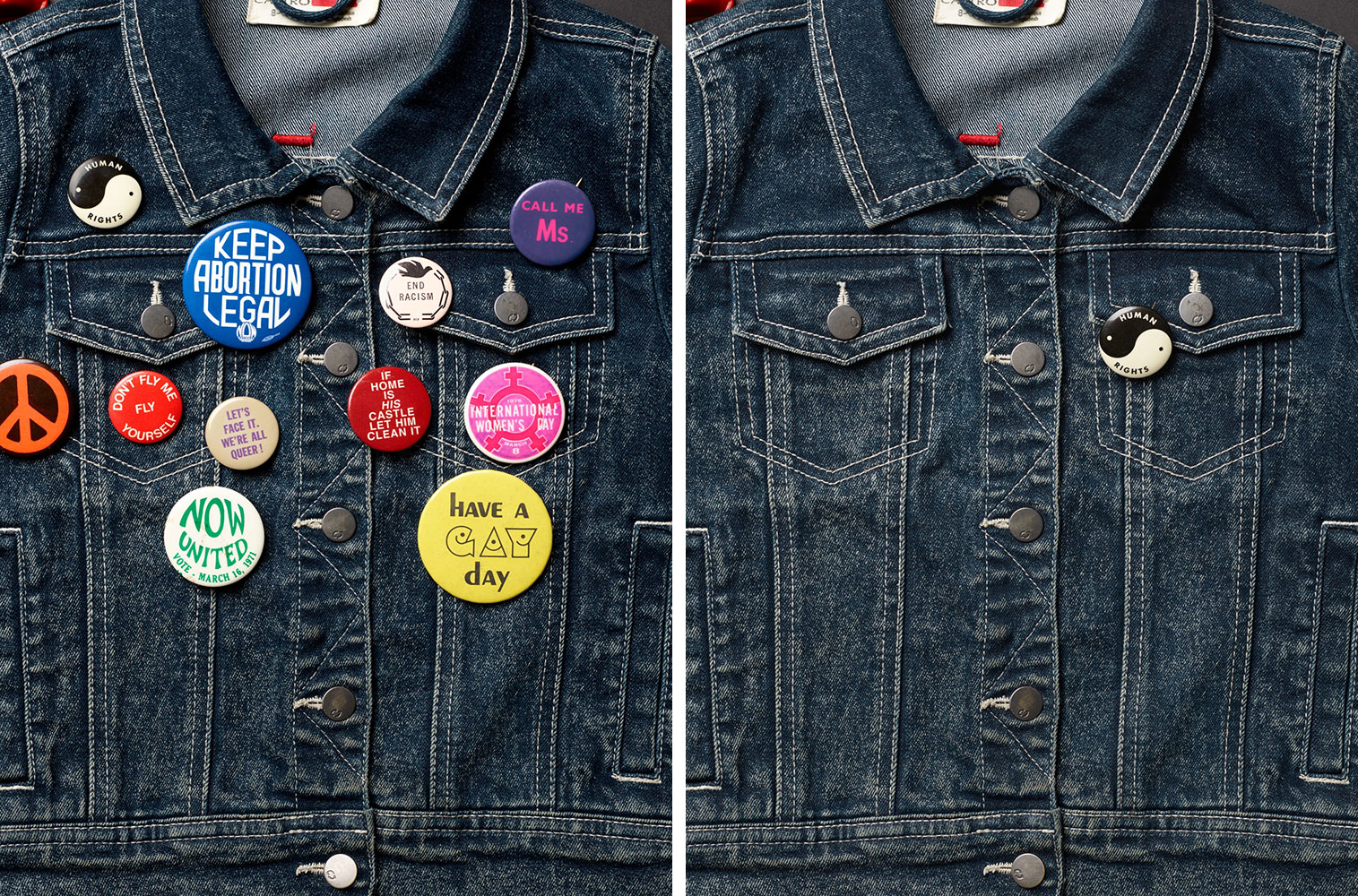PHOTO: Annette Kelm-Objektwahl
 In her work, Annette Kelm is interested in the function of objects and the nature of their representation, typologies, mass production, design, and technology. Her photographs often conflate several genres into single images, or develop single motifs across serial images to combine a variety of artistic, historical, and cross-cultural references. Kelm lives and works in Berlin.
In her work, Annette Kelm is interested in the function of objects and the nature of their representation, typologies, mass production, design, and technology. Her photographs often conflate several genres into single images, or develop single motifs across serial images to combine a variety of artistic, historical, and cross-cultural references. Kelm lives and works in Berlin.
By Dimitris Lempesis
Photo: Esther Schipper Gallery Archive

Annette Kelm’s photographic œuvre offers a unique outlook onto the socio-cultural history of the material world. The artist uses a vast array of motifs as a vocabulary to address specific moments in this history, whether it is the commodification of design objects, various forms of political critique or value systems such as money and finance. Kelm’s exhibitions gather images of floral sculptures, landscapes, portraitures, photographed buildings, and ephemeral objects of all scales. Meticulously picked, the artist’s subjects enter in collision and contrasts where the objective converges with the subjective, the every-day encounters the historical, and the impartial becomes political. Her practice draws from the conventional studio photography techniques: employing a large-format camera and depicting her subjects in front of a backdrop. The arrangements that the artist sets up at her studio are often playful, retain an experimental character or are seemingly captured glimpses of time. Kelm’s distinctive approach to the photographic medium made her a prominent figure of contemporary photography in Germany and worldwide. In Annette Kelm;s solo exhibition “Objektwahl” are on view works from seven photographic projects created between 2017 and 2024. Four works from the artist‘s small series “Jeans Buttons” are installed in a grid, emphasizing the works‘ serial quality. Depicting the same section of a blue Jeans Jacket, each work features a different constellation of statement buttons attached to the front of the garment. From single “International Women’s Day, 8 March 1975” or “Have a Gay Day” to a cacophony of political causes from distinct time periods, the series bring to mind the importance of activist gestures in everyday life. The works emphasize the political struggles in lived experience, both as a reference to the fluctuating popularity and the often only episodic progress in advancing political causes but also as a hopeful gesture of continued belief in the possibility of change. “Still-life with Spring” is another characteristic example of Kelm’s idiosyncratic subject matter, bringing together inexpensive design objects, both mass produced and crafted, and a bouquet of flowers, all posed before bright blue surfaces. A small coil is seen perched on the table: the “spring“ in the work‘s title adds a visual pun and in its recognition, a moment of levity. Behind the economical conjuring of a colorful, yet also unexpectedly meaningful, motif lurks a sense of today’s living conditions, a cobbled together scene that speaks to the conditions of modern living in a world of inexpensive design and found objects. “Good Morning” and “Cola Meise” both find beauty and serendipitous humor in everyday objects. The most recent work in this presentation, “Cola Meise” depicts an empty Coca-Cola bottle with a stopper in the shape of a surprisingly life-like wooden bird against a bright red background that has slight creases creating darker folds. Awash in red, the work has a playful quality but also approaches near abstraction with its expanse of color. (It recalls Joseph Albers’s famous dictum about the subjectivity of color, in effect saying: everyone sees their own Coca-Cola red.) “Good Morning” takes as point of departure an unfolded napkin, placing small plastic flowers on and around the item, echoing its repeated, gridded floral motif, and pinning it to board. A dusty black cable cuts across the seeming sweetness of the subject matter: the electrical cord belongs to the flashlights used for the shoot. The self-referential gesture is at the core of Kelm’s practice whose works are always infused with a deep knowledge of and reflection on the medium of photography and its history.
Photo Left: Annette Kelm, Jeans Buttons, 2023 Archival pigment print, 55,4 x 41,5 cm (unframed), Edition of 6, © Annette Kelm, courtesy the artist and Esther Schipper Gallery. Right: Annette Kelm Jeans Buttons, Human Rights, 2023, Archival pigment print, 55 x 41 cm (unframed), Edition of 6, © Annette Kelm, courtesy the artist and Esther Schipper Gallery
Info: Esther Schipper Gallery, Potsdamer Strasse 81E, Berlin, Germany, Duration: 2/2-9/3/2024, Days & Hours: Tue-Sat 11:00-18:00, www.estherschipper.com/

Right: Annette Kelm, Jeans Buttons, Human Rights, 2023, Archival pigment print, 55 x 41 cm, (unframed), Edition of 6, © Annette Kelm, courtesy the artist and Esther Schipper Gallery

Right: Annette Kelm, Allium (Together), 2021, Archival pigment print, 140 x 105 cm (unframed), Edition of 6, © Annette Kelm, courtesy the artist and Esther Schipper Gallery

Right: Annette Kelm, Ludwig Stiftung Aachen, Mantlepiece, 2018, Archival pigment print, 79,8 x 59,9 cm (unframed), Edition of 6, © Annette Kelm, courtesy the artist and Esther Schipper Gallery

Right: Annette Kelm, Bronze, 2023, Archival pigment print, 70,4 x 52,3 cm (unframed), Edition of 6, © Annette Kelm, courtesy the artist and Esther Schipper Gallery

Right: Annette Kelm, Spider Plant, 2020, Archival pigment print, 120,4 x 90,3 cm (unframed), Edition of 6, © Annette Kelm, courtesy the artist and Esther Schipper Gallery

